Automated visual evaluation of the cervix
Cleveland Clinic is a non-profit academic medical center. Advertising on our site helps support our mission. We do not endorse non-Cleveland Clinic products or services. Policy
The first cervical cancer case I encountered was during a medical school rotation in a small El Salvadoran village, where I stood feeling helpless as a woman bled to death from this totally preventable disease. This experience solidified my passion for finding a way to prevent, screen for and treat cervical cancer in low resource areas. I spent a decade bringing medical supplies to El Salvador, and eventually began to work with the Ministry of Health to reduce the incidence of cervical cancer in the country.
Worldwide, cervical cancer is the second most common cancer. Cervical cancer is responsible for the death of one woman every two minutes, according to Tedros Adhanom Ghebreyeus, MD, Director-General of the World Health Organization, who is committed to eliminating cervical cancer across the globe by 2030. Caused by certain, high-risk strains of the human papilloma virus (HPV), cervical cancer can be prevented with vaccination and cured if detected and appropriately treated early.
It is this work—patient education, vaccination, screening and treatment—that I guide in El Salvador, where the crude incidence rate was 21.3 per 100,000 women in 2018 compared to 8.5 per 100,000 in the United States. In countries with higher resources, cervical cancer screening involves cytology and colposcopy, both of which require laboratories and trained personnel which are not always available in countries like El Salvador.
In order to really move the needle here we need an innovative solution that allows us to visualize and examine the cervix for precancerous lesions, and possibly, cervical cancer, that is valid, reliable, portable and easy to use.
A new technology, automated visual evaluation (AVE), combines a camera and a deep-learning visual algorithm to detect cervical lesions at the point-of-care. Great news for specialists and community health workers based in remote or low-resource areas, the AVE helps visualize the cervix, capturing images that can be used for diagnosis without the need for biopsy or access to a laboratory.

Photos courtesy of: MobileODT
Other forms of screening, such as visual inspection with acetic acid, require interpretation from a pathologist, as well as return clinic visits for biopsy and to receive results.
Recently, a paper was published by a group from the National Cancer Institute that used a deep-learning visual algorithm to evaluate cervical images and recognize cervical precancer/cancer. The positive results from AVE were more accurate than those of conventional cytology.
While AVE has applications globally, I think there are also uses for the technology here in the United States, where approximately 20% of women are not screened according to guidelines. Currently, our screening guidelines call for cytology with or without HPV co-testing. However, I suspect physicians and community health workers would appreciate a laboratory-free, portable, point-of-care test that could be used to triage patients rather than a biopsy.
After further research, including randomized clinical trials, AVE could prove to be as good as cytology or HPV tests for screening or used as a triage tool.
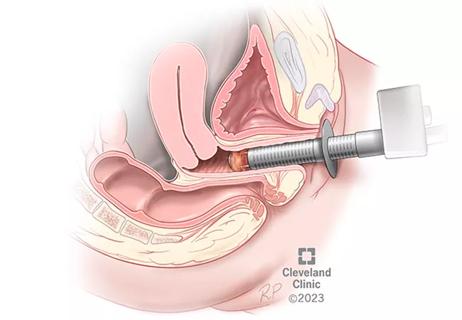
Treatment being offered in cases where medical and hormonal management was not successful
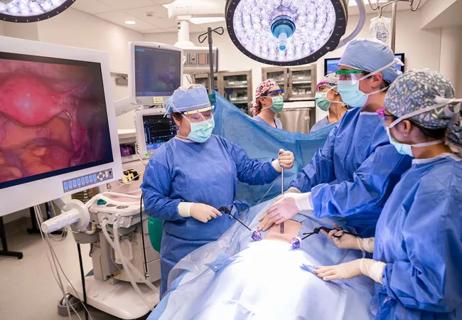
Standardizing obstetrics and gynecology education while promoting patient safety
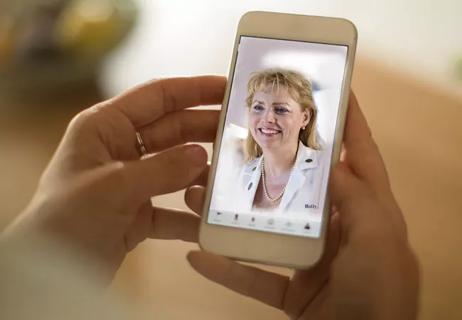
High physician/patient convenience and satisfaction cited

Don’t miss this educational opportunity
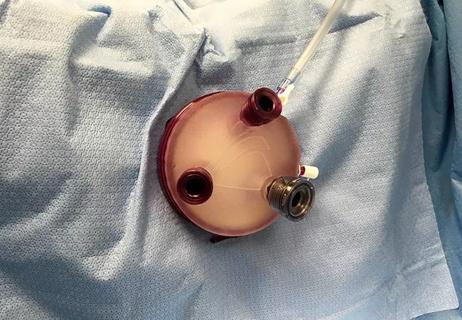
The next evolution in MIS is coming sooner than you think
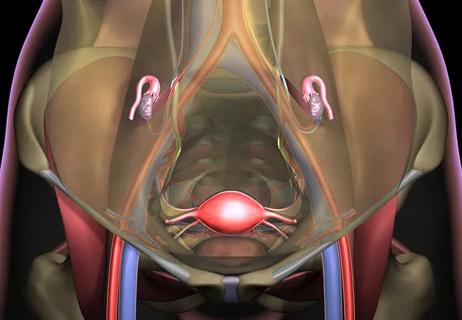
Limit radiation damage to ovaries without removing them
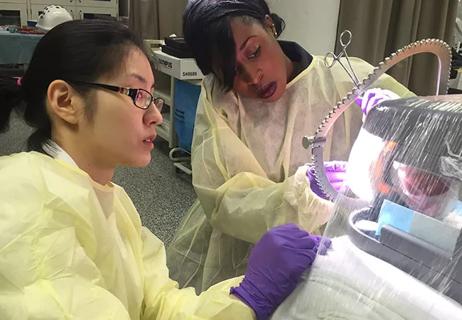
Trainees no longer need to “practice” on patients

Dr. Andreas Tzakis on the patient’s condition, the surgery and the road ahead